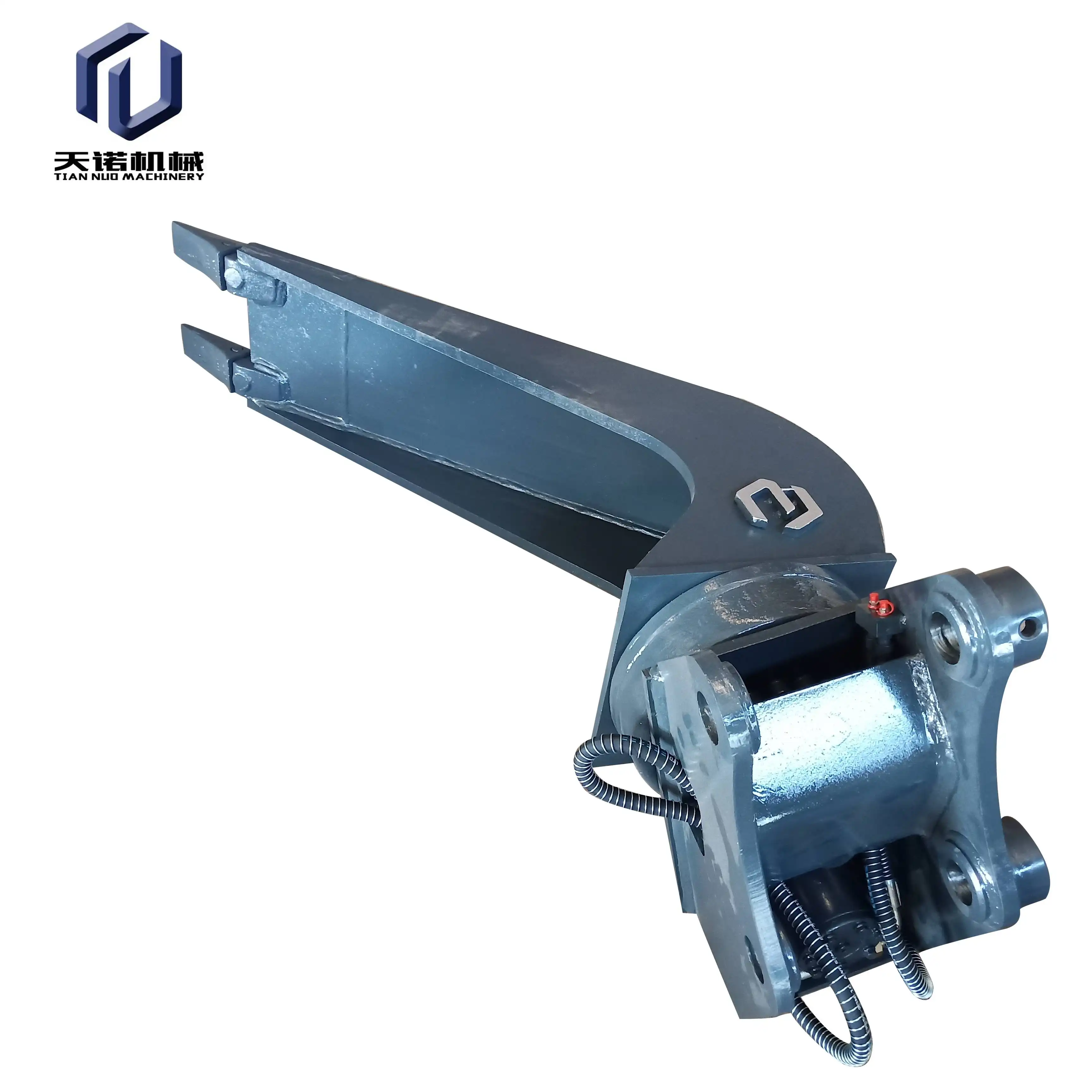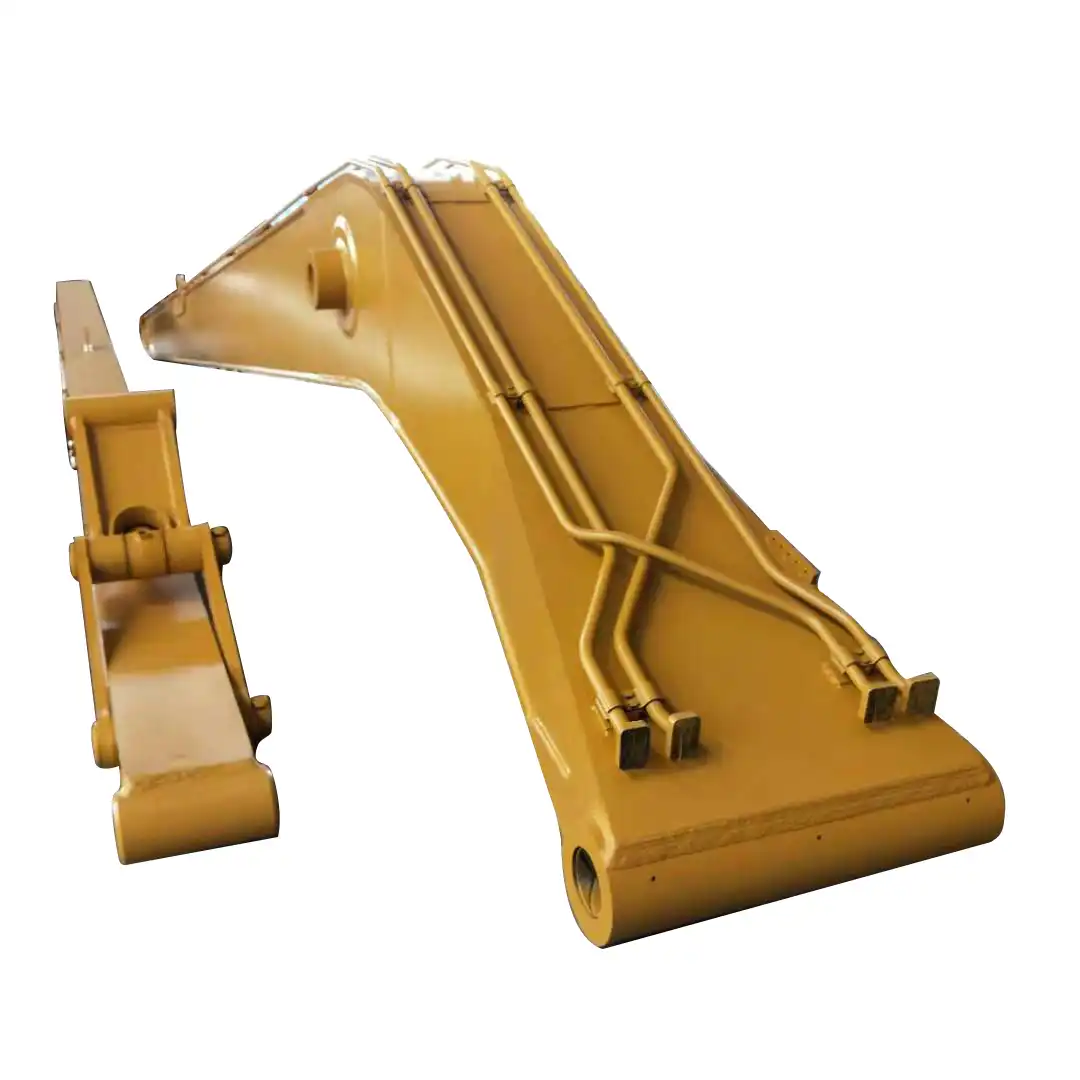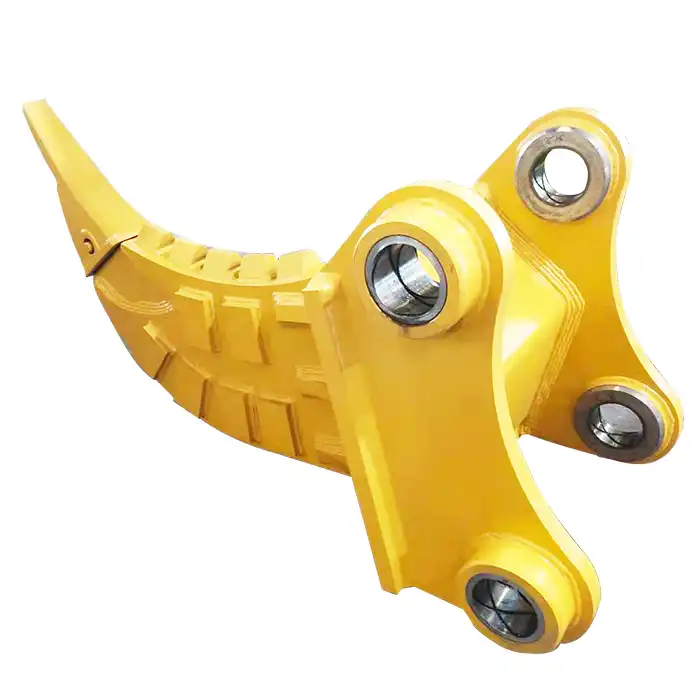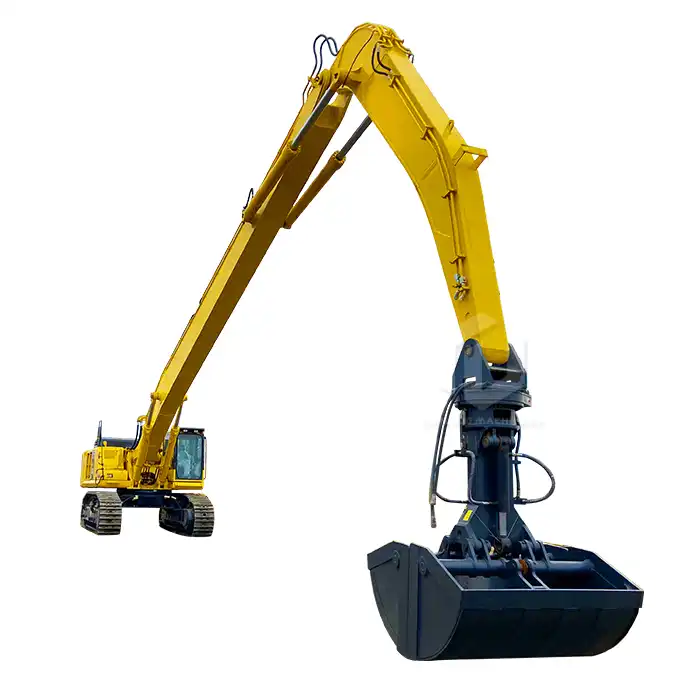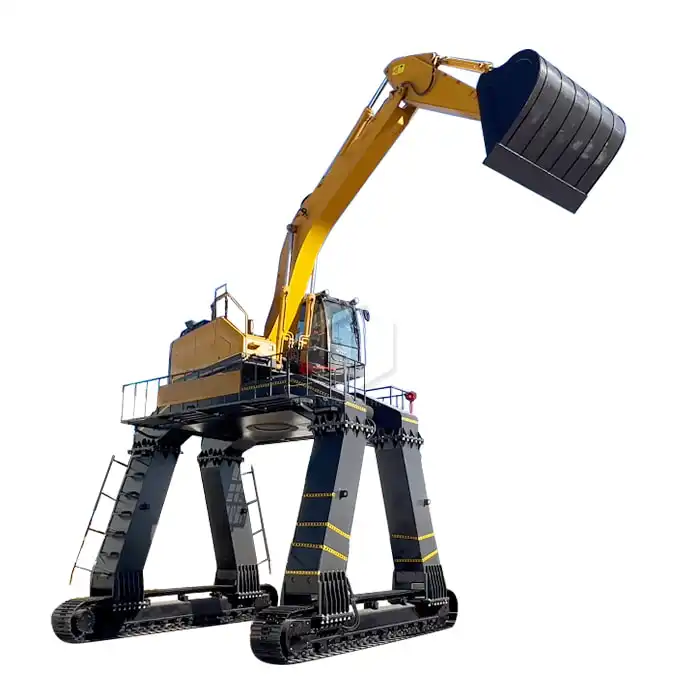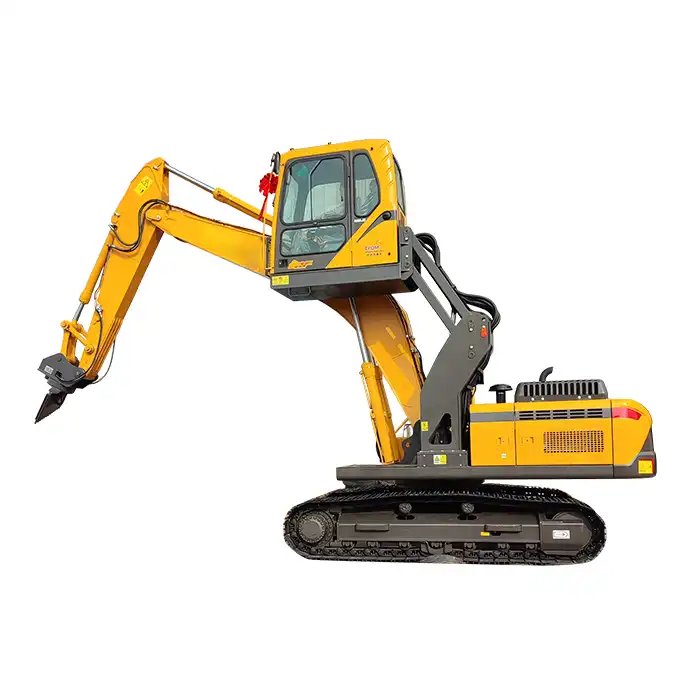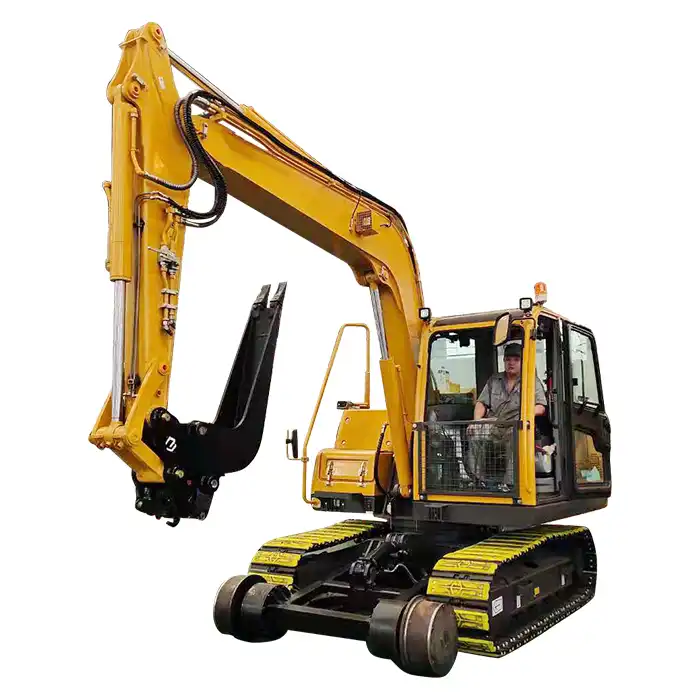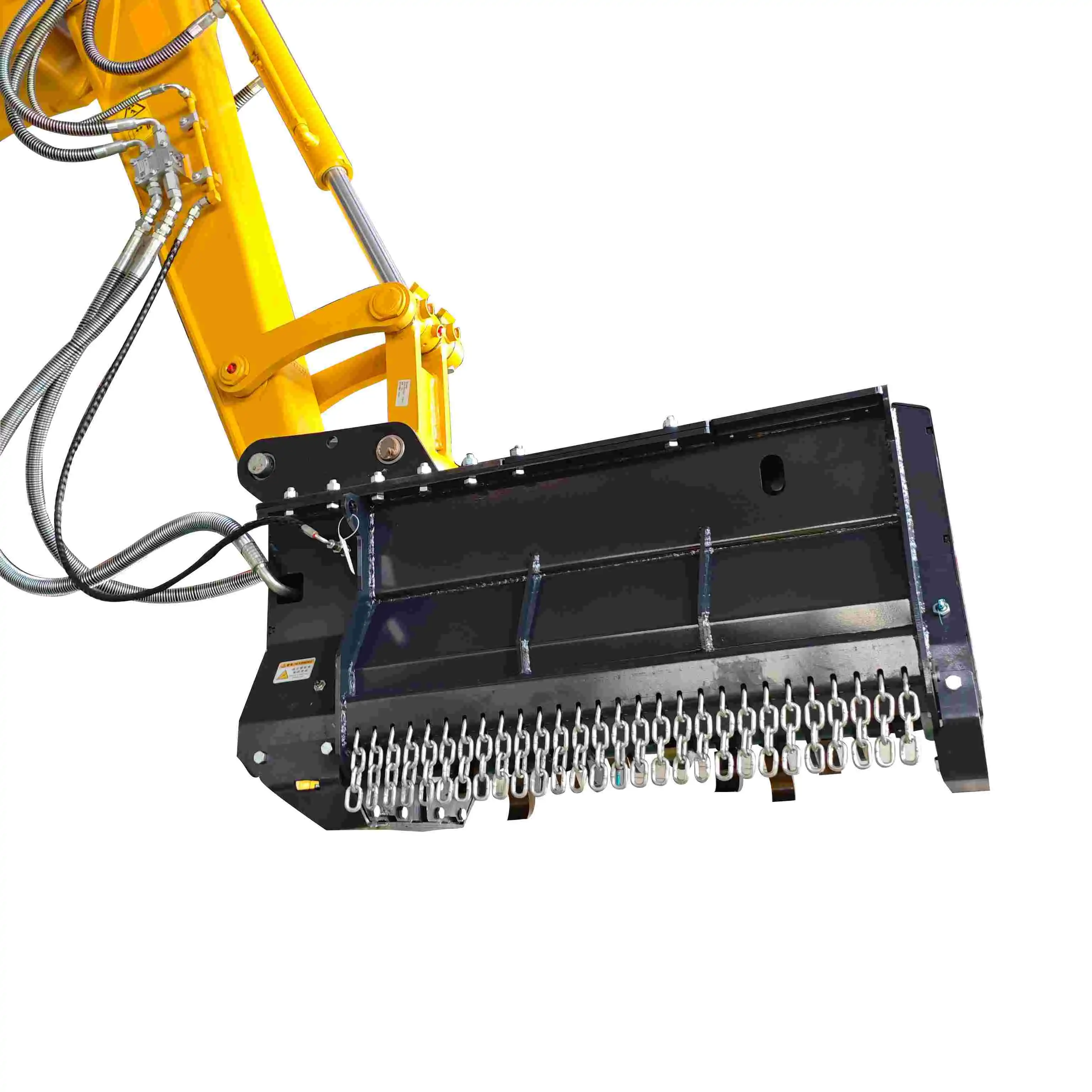Working Principle of the Sleeper Clamp
Sleeper clamps play a crucial role in ensuring the stability and safety of train tracks in the construction and maintenance of railways. These clever devices are made to secure railway sleepers in place, preventing them from moving and keeping the structure of the track intact. We will investigate the clamping mechanism, pressure application, and the role of friction in the operation of sleeper clamps in this comprehensive guide.
Clamping Mechanism: A Marvel of Engineering
At the core of each sleeper clamp is a sophisticated clamping mechanism designed to secure railway sleepers effectively. This mechanism typically consists of two main components: a fixed jaw and a movable jaw. The movable jaw can be adjusted to accommodate sleepers of different sizes and shapes, ensuring a versatile grip. Meanwhile, the fixed jaw acts as a stable anchor point, providing the necessary support during operation. Together, these components allow the clamp to maintain a secure hold on sleepers, enhancing safety and reliability in railway maintenance and construction tasks. This design ensures optimal performance in various operational conditions.
The effectiveness of these jaws is highly dependent on their design. They frequently have surfaces that are textured or serrated, both of which increase the area of contact with the sleeper, enhancing grip and decreasing the likelihood of slippage. Even when the sleeper undergoes minor dimensional changes as a result of environmental factors, some advanced sleeper clamps include spring-loaded mechanisms that automatically adjust the clamping force in order to maintain a consistent grip.
Sleeper clamps are designed to accommodate various track gauges, making them highly versatile. For example, Shandong Tiannuo's sleeper clamps can be used by railway contractors and maintenance companies globally, as they are compatible with track gauges of 1000 mm, 1067 mm, 1435 mm, and 1520 mm. This adaptability allows for efficient use in diverse railway systems, ensuring that contractors can maintain and secure sleepers effectively, regardless of the specific gauge requirements. Their compatibility enhances the flexibility and reliability of railway maintenance operations worldwide.
Pressure Application: The Key to Secure Fastening
The effectiveness of a sleeper clamp hinges on its ability to apply and maintain the correct amount of pressure. This pressure securely holds the sleeper in place, allowing it to withstand the forces from passing trains as well as environmental factors such as temperature fluctuations and ground movement. By ensuring a consistent grip, the clamp enhances stability and safety, making it essential for reliable railway infrastructure.
Sleeper clamps typically apply pressure by using mechanical mechanisms like screw mechanisms or hydraulic systems. The movable jaw's pressure can be increased or decreased by turning the screw in systems based on screws. On the other hand, hydraulic systems control the clamping force with fluid pressure, allowing for more precise control and the ability to apply higher pressures.
Keeping the force evenly distributed across the contact area is one of the challenges of pressure application. Uneven pressure distribution can result in localized stress points, which may result in damage to the sleeper or a decrease in the clamp's overall effectiveness. Pressure distribution plates or specially designed jaw surfaces that help spread the clamping force more uniformly are included in many modern sleeper clamps to address this issue.
It's significant to apply the right measure of tension - excessively little, and the sleeper might move under load; excessive pressure can result in damage to the sleeper or clamp itself. Because of this, many professionals who work on railway maintenance rely on pressure gauges or torque wrenches to make sure that the clamping force stays within the range that the manufacturer recommends.
Role Of Friction in Sleeper Clamp Performance
While the clamping mechanism and pressure application are crucial for a sleeper clamp's operation, movement is primarily prevented by friction between the clamp and the sleeper. In this context, friction plays a key role in stopping the sleeper from sliding or rotating under the forces exerted by passing trains. It acts as the resistive force that arises when two surfaces come into contact, providing the necessary grip to maintain stability. This friction ensures that the sleeper remains securely in place, enhancing the overall safety and effectiveness of the railway system.
Two key factors influence the level of friction: the normal force from the clamping pressure and the coefficient of friction between the sleeper and the clamp. The materials used in both the clamp and the sleeper, along with the surface texture of their contact areas, significantly affect this coefficient. These elements together determine how effectively the clamp can grip the sleeper and prevent movement during operation.
For the contact surfaces of sleeper clamps, materials with high coefficients of friction are frequently used to maximize friction. In addition, as was mentioned earlier, these surfaces are frequently textured or serrated to enhance grip and expand the effective area of contact. To further enhance their holding power, some advanced clamps even include specialized inserts or coatings that improve friction.
It's important to recognize that while high friction is appealing for preventing sleeper movement, excessive abrasion can complicate the removal or adjustment of the clamp when needed. Therefore, the design of sleeper clamps often involves balancing adequate holding power with ease of use. This careful consideration ensures that the clamps maintain their effectiveness in securing sleepers while also allowing for straightforward adjustments or replacements, ultimately supporting efficient railway maintenance without sacrificing safety or functionality.
Contact Shandong Tiannuo
The sleeper clamp's working principle entails the intricate interaction of clamping mechanisms, pressure application, and friction. Professionals in the railway industry who are familiar with these tenets will be in a better position to make educated choices regarding the selection and application of sleeper clamps, thereby ensuring the safety and effectiveness of railway operations. Choosing the right sleeper clamp is essential for any railway contractor, maintenance company, or government agency involved in railway infrastructure. Shandong Tiannuo's R&D team is prepared to assist anyone in need of dependable sleeper clamps that are compatible with various track gauges. For more details, please contact them at product manager arm@stnd-machinery.com.
References
1. Shandong Tiannuo Machinery. Internal Product Documentation.
2. Railway Track Engineering (5th Edition) by J.S. Mundrey, 2017.

